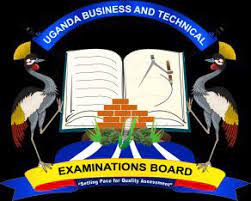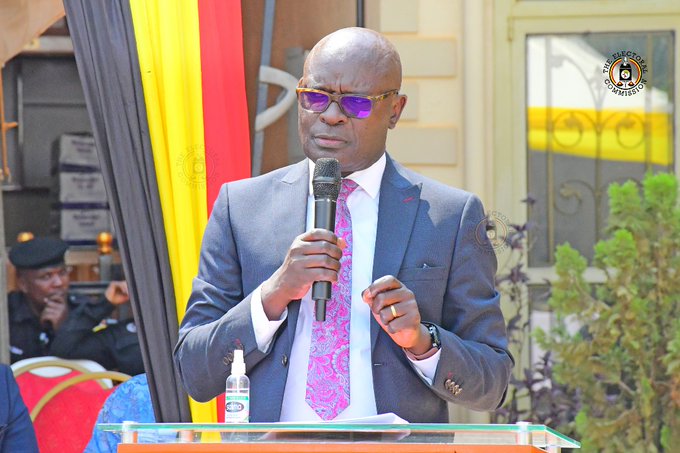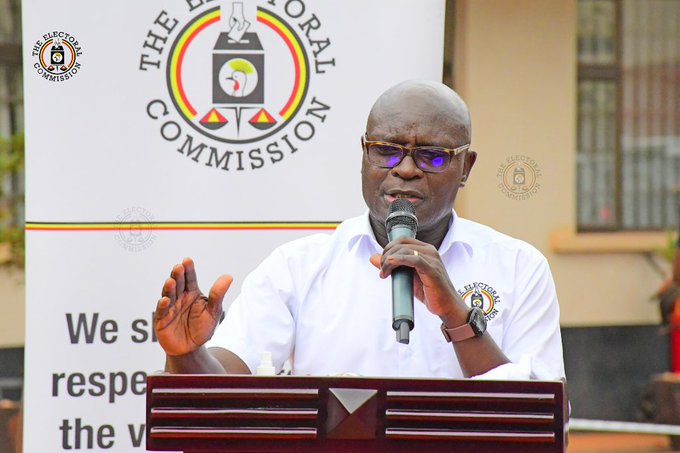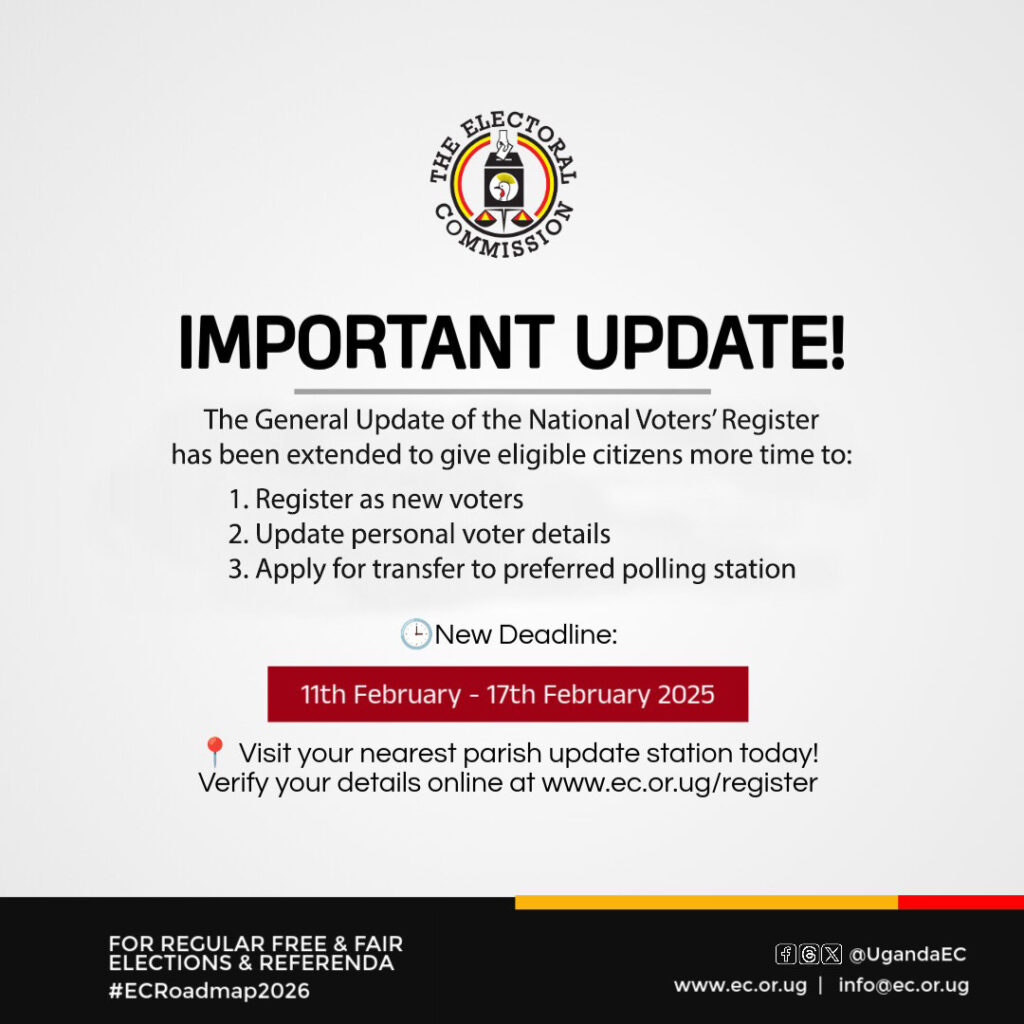In 2007, the Government of Uganda under the guidance of the National Resistance Movement (NRM) party came up with a Comprehensive National Development Planning Framework policy (CNDPF).
Consequently, the Cabinet approved the National Vision Statement, “A Transformed Ugandan Society from a Peasant to a Modern and Prosperous Country within 30 years”.
The National Planning Authority in consultation with other government institutions and other stakeholders went on to develop a Uganda Vision 2040 to operationalise the Vision statement.
Uganda Vision 2040 builds on the progress that has been made in addressing the strategic bottlenecks that have constrained Uganda’s socio-economic development since her independence, including; ideological disorientation, weak private sector, underdeveloped human resources, inadequate infrastructure, small market, lack of industrialization, underdeveloped services sector, underdevelopment of agriculture, and poor democracy, among others.
This provided for the development of a 30-year Vision to be implemented through three 10-year plans; six 5-year National Development Plans (NDPs); Sector Investment Plans (SIPs); Local Government Development Plans (LGDPs), Annual work plans, and Budgets.
The first NDP 2010/11-2014/15, of six five-year development plans covering the period of the Vision Framework was launched in 2010.
The second NDP was launched and implemented between FY 2015/16 and FY 2019/20.
We are currently in NDP111 (2020/21 to 2024/25.)
They always comprise medium-term strategic direction, developmental priorities, and implementation strategies and are aligned with the NRM manifesto.
All government Ministries, Agencies, and Departments (MDAs) have to align with the NDP and the NRM manifesto.
In line with Vision 2040, the Third National Development Plan, 2020/21-2024/25 (NDPIII) and the NRM Manifesto, 2021 – 2026 proposed some interventions and one of them is an investment in human capital development to bridge the skills gap.
To achieve this, concerned MDAs are supposed to adopt and roll out a flexible demand-driven Business Technical Vocational Education Training (BTVET) system.
It was also considered prudent to mainstream a dual training system for TVET training such that training is institutional-based and work-based.
The NRM Manifesto and NDP111 further guided concerned MDAs to relax TVET entry requirements so that willing learners, regardless of previous qualifications, are eligible for admission.
The language of instruction is also supposed to be tailored to learners’ proficiency to give a chance to youth willing to acquire skills and certificates.
Under NDP111 and NRM Manifesto, line MDAs are also mandated to attract more learners in TVET, reskill artisans already on the job market, and increase utilization of TVET facilities through Recognition of Prior Learning (RPL).















